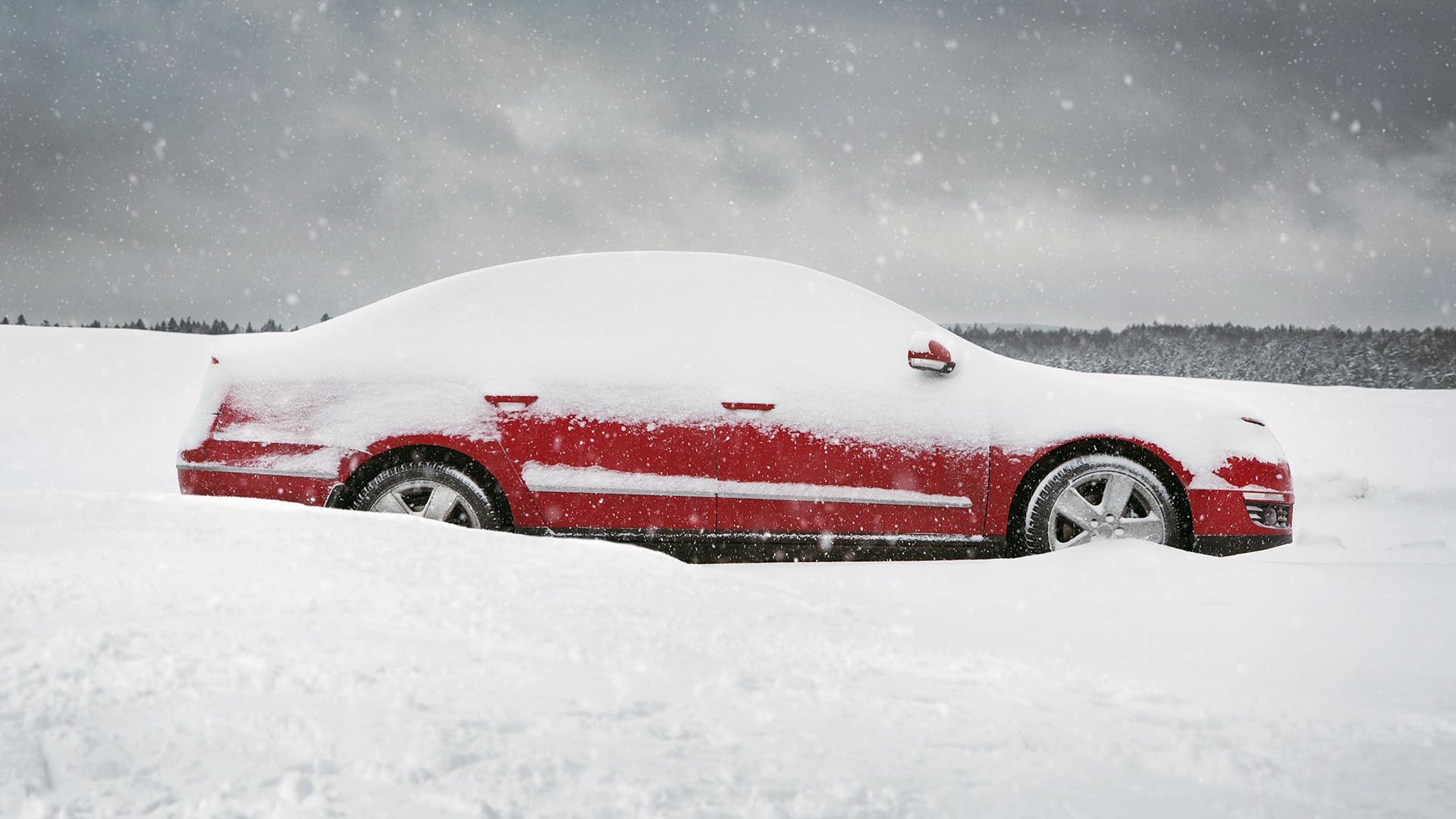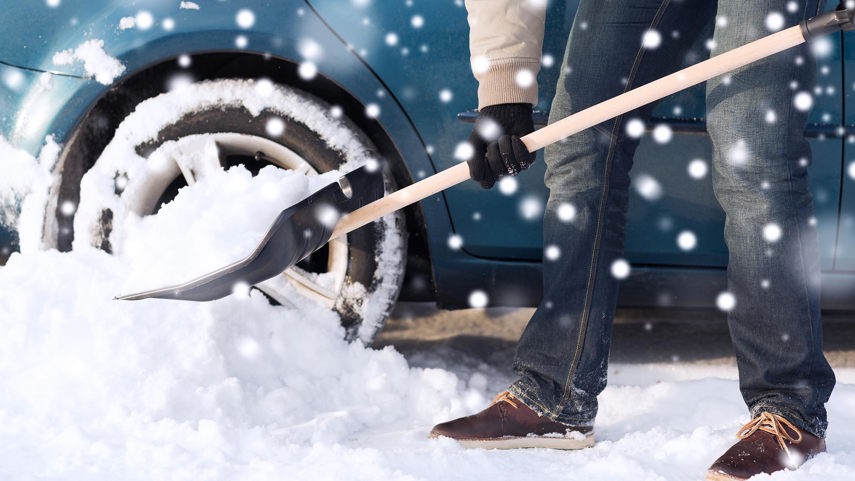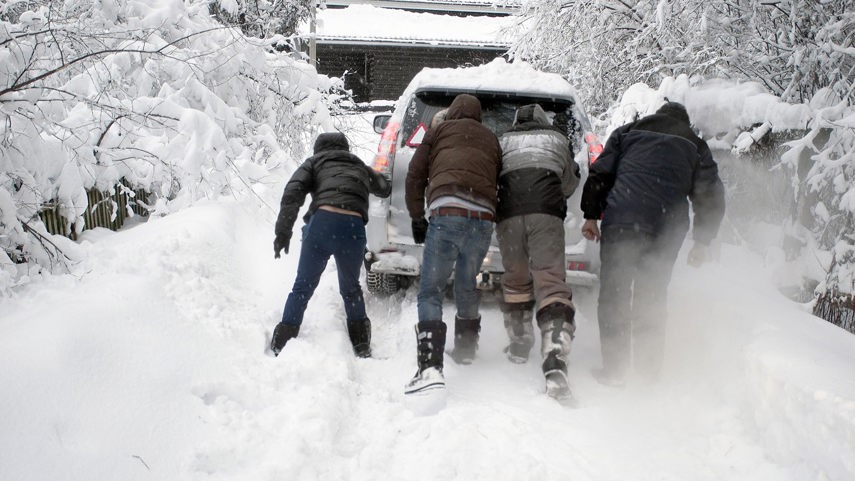You’ve read our previous articles about what to keep in your vehicle and how to avoid ending up in a snowbank during the winter months. But what if the unthinkable happens? Or, simply, what if you wake up to find an overnight dumping of the white stuff has buried your car to its wing mirrors? As you’d expect, we’ve got a few suggestions for that, too.
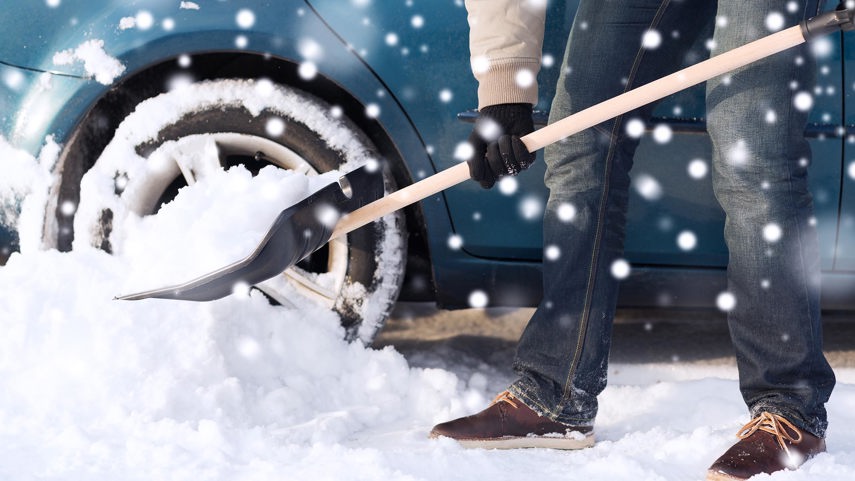
Preparation is key
Before diving in (pun intended) to what you should do, we’ll take the opportunity to mention a couple of things you should have done before getting mired in winter’s worst – starting with a set of good winter tires. Having the correct rubber will help immensely in extricating oneself from snowy drifts, as they are equipped with the proper tread design and rubber compound to make the most out of what is surely meagre traction. Also, have that snow shovel we suggested in the last post stored somewhere handy.
Start by clearing a space around your snowbound tires. Water – and, therefore, snow – is incredibly heavy; it doesn’t take a huge amount of it to arrest forward motion when it’s packed around your car’s drive wheels. Be sure to remove snow in and around your tailpipes as well, since carbon monoxide can be a real threat if left to accumulate. If you have any traction aids – traction pads, kitty litter, or even floor mats – now’s the time to set them up.
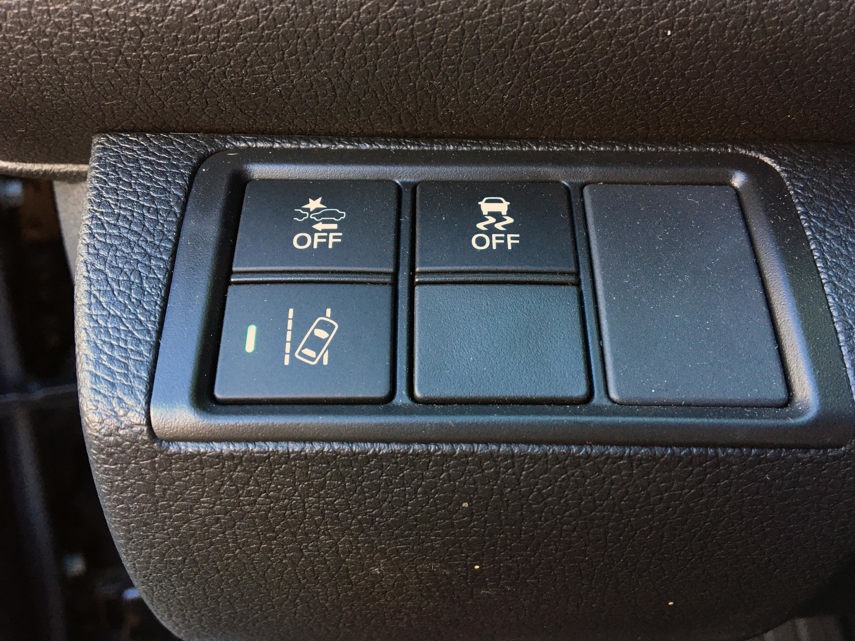
Easy does it
Once you’ve evicted some of the misery that’s blocking your path, it’s time to jump behind the wheel and put a few of your car’s horsepower to good use. Remember that wildly spinning tires don’t help much with forward movement, so simply flooring the accelerator will not likely help very much at all. Even your author, who is noted for applying bootfuls of throttle at any given moment, recognizes the need for finesse in this situation.
It’s a good idea to turn off your car’s traction control before trying to extricate yourself from the mess. While that may seem counterintuitive to some, the very nature of these electronic systems is to arrest forward motion when wheel-slip is detected. While frantically gunning the throttle isn’t the best solution, there is likely to be some minor spinning of the car’s drive wheels while getting unstuck. Traction control is likely to detect this slip and shut down engine power right when you need it most.
In some vehicles with an automatic transmission, the gearshift gives drivers the option of starting in second gear. If you’re one of the few remaining absolute legends still rocking a manual transmission, you’ve this choice baked right into the drivetrain. For those seeking a technical explanation of why this helps, think of it as the vehicular equivalent of a human gingerly stepping onto an icy surface before using all their weight to step forward. A numerically higher gear will introduce engine power more slowly to the tires, increasing their chance of finding purchase before spinning themselves into oblivion.
Turning the front wheels while trying to get unstuck can also help matters, though one needs to be ready to correct their direction of travel once grip is found, lest they launch the car into another snowbank or – worse – someone else’s car. Wildly flailing one’s arms like angry spaghetti won’t help – but, like with the throttle, measured inputs at the steering wheel can increase the chances of the front tires finding just a smidge of traction.
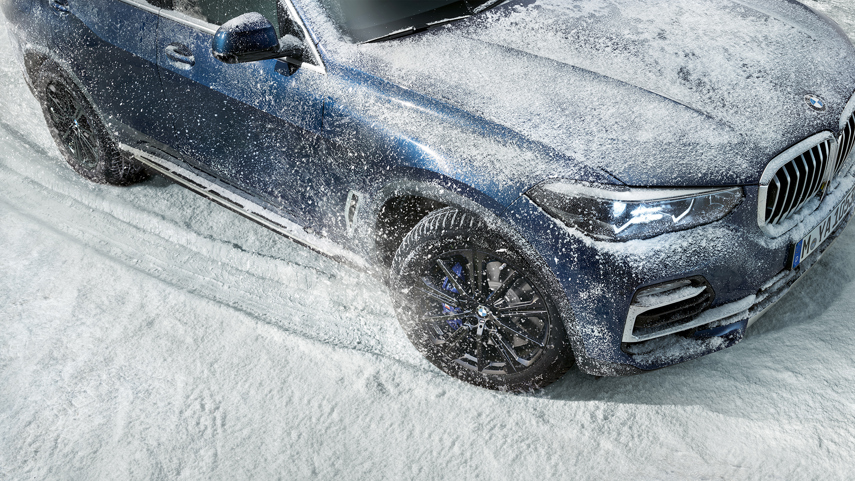
Build momentum
There’s a solid chance someone has mentioned the idea of “rocking” your car to free it from its icy prison. This method does not involve a comfortable chair and bedtime story, sadly. What it does involve is careful forward-and-backward movement of the vehicle in an attempt to gain momentum from a well of snow and ice.
Take your time here (this is becoming something of a refrain). Put your vehicle in drive and move forward a small amount. When forward movement stops completely, either because of snow obstruction or a bit of wheelspin, put the transmission in reverse gear. Slowly back up, taking care not to rev the engine, until you’ve once again reached the limit of movement. The intent here is two-fold: it will hopefully clear a small path – in which the car can gain momentum to haul itself out of the snow – while packing some loose snow underneath the tires – which will offer more traction than glare ice.
Carefully repeat this dance several times if needed, making sure the drivetrain comes to a complete stop before shifting gears. Use your ears and listen carefully. If you hear a tire spinning, take your foot off the throttle immediately and refocus your efforts.
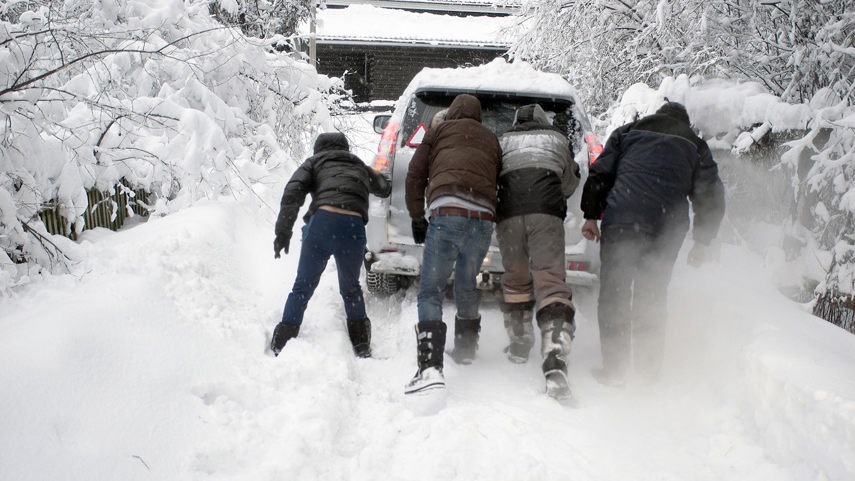
Call for backup
If all else fails, don’t hesitate to call in a bit of muscle. Always be aware of your surroundings if, y’know, actual humans are helping to push your car out of the snow. The pros with a tow truck and stout set of recovery straps are always a good bet, though they may be exceptionally busy given the time of year, so please be patient after making the call.
There are plenty of tools one can carry aboard their vehicle to help get unstuck – the aforementioned traction pads and kitty litter, for example – but all of these add weight and can consume an inordinate amount of cargo space. In many instances, relying on tips like these – and your own driving skill – is enough to get you out and on your way.
